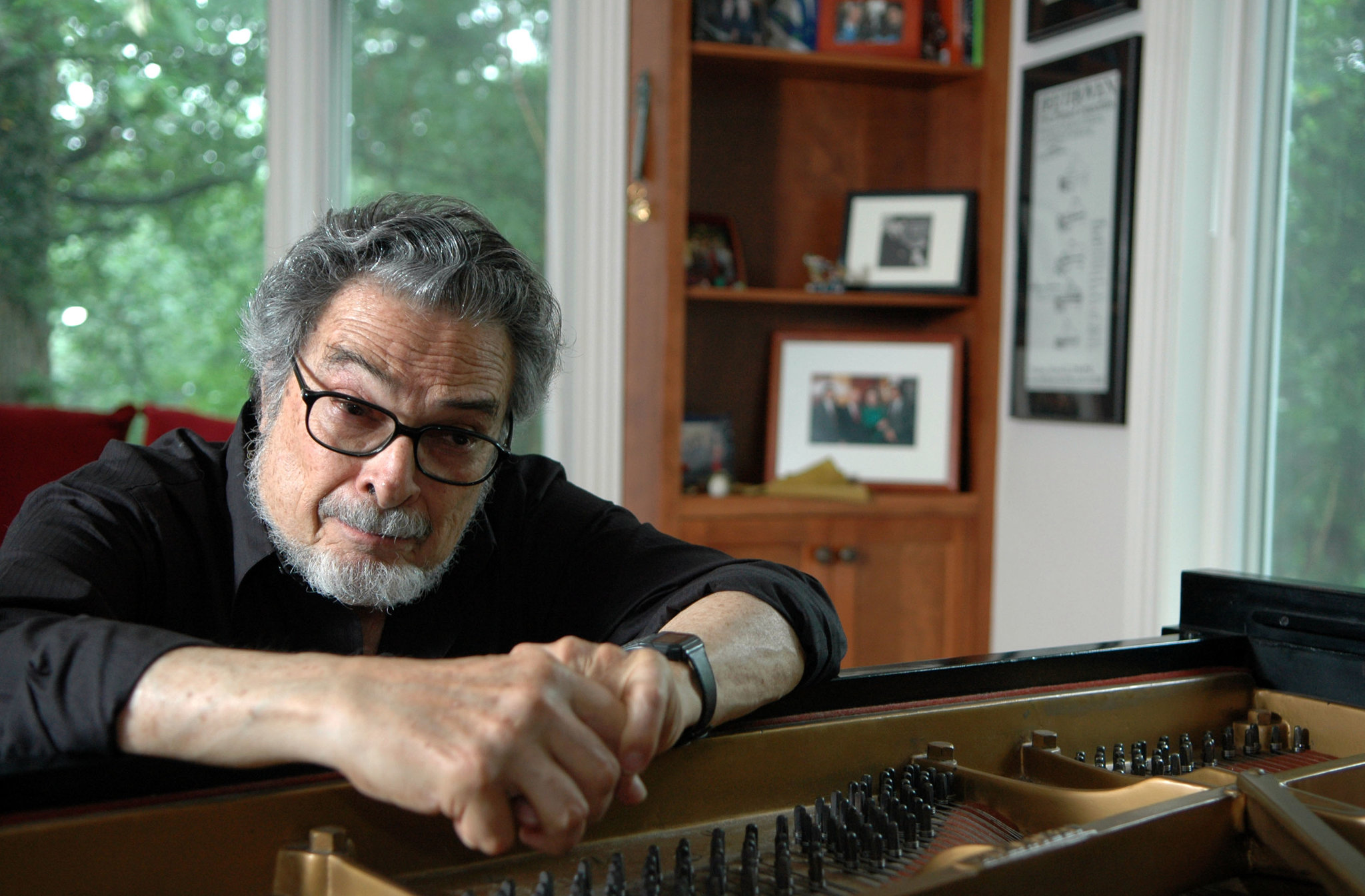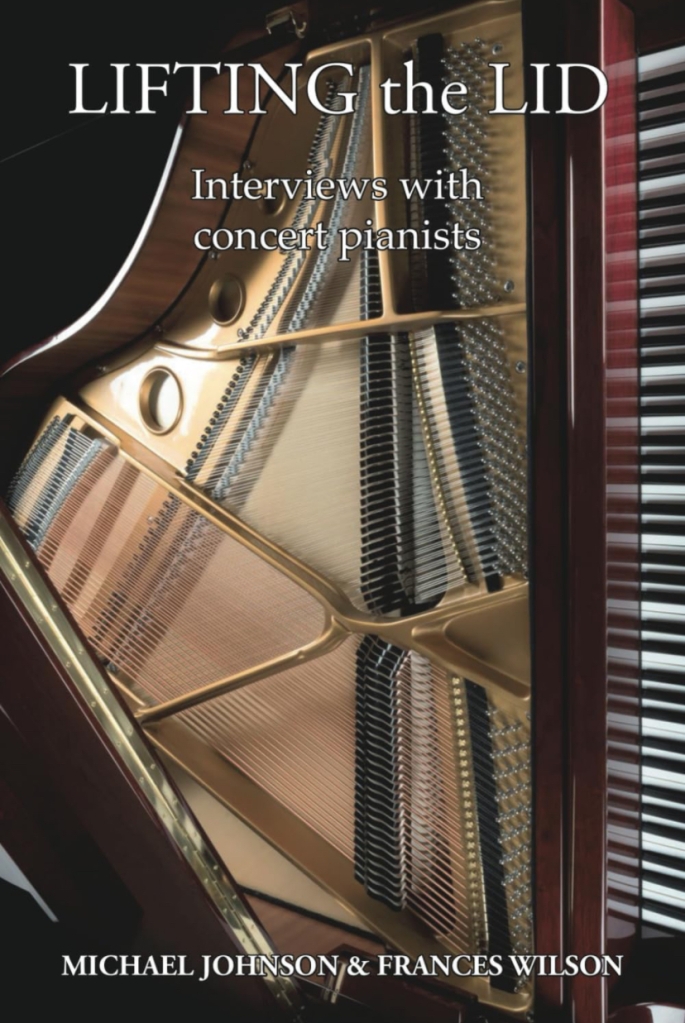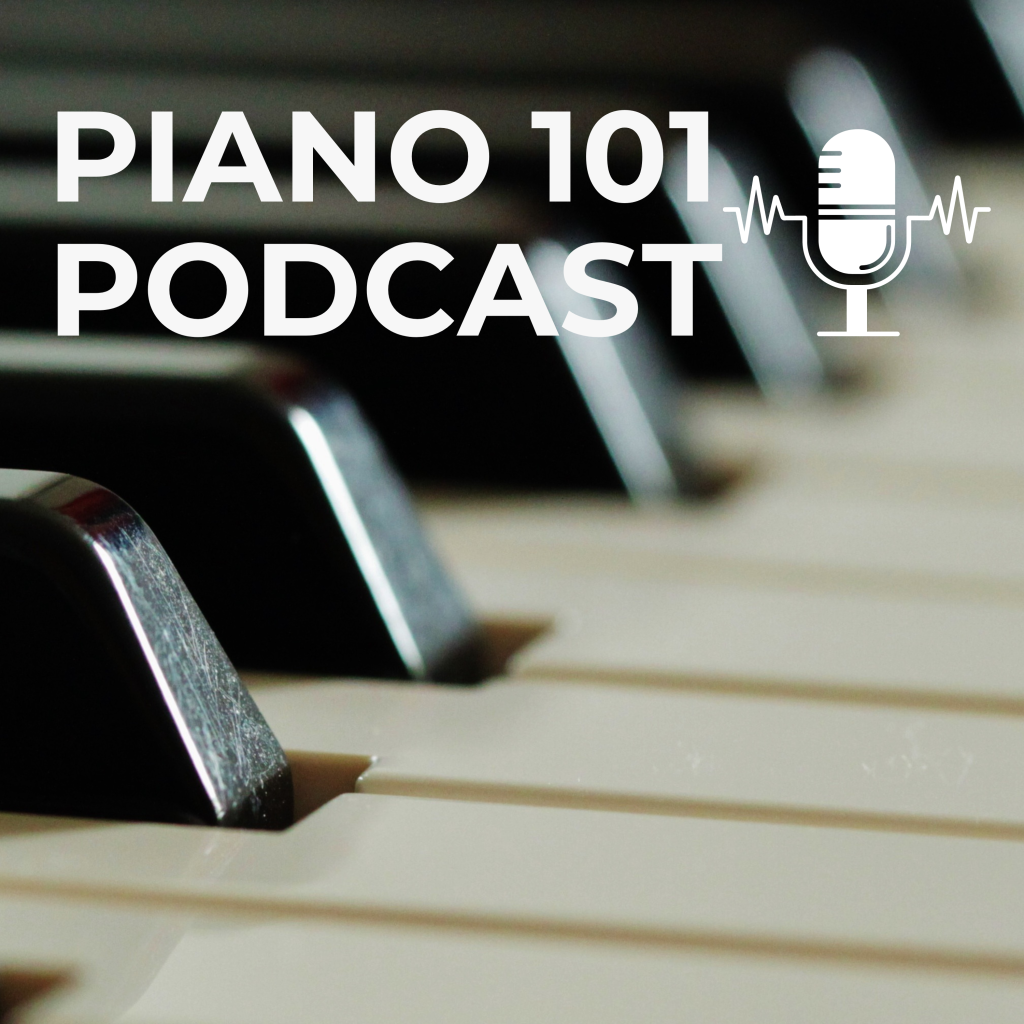How the Taubman Approach reimages traditional practicing
guest post by Edna Golandsky
The phrase “Practice makes perfect” is a commonplace in piano pedagogy. But what do we do when practice doesn’t make perfect?
When I was a young student, my teacher would tell me to practice for two hours a day, repeating pieces over and over again, to further develop my technique. Since the pieces were memorized, and all I had to do was let my fingers play on their own, I started putting books on the piano stand and read a book while I practiced, thinking I could accomplish two things at the same time. It was only many years later, after my eight years of study at Juilliard when I began working with Dorothy Taubman, that I began to understand the negative results of this kind of practicing. I began to use my brain in a whole new way and understood that true learning starts with the brain instructing the hands how to move, and then, my hands sending a message back to the brain indicating whether or not those instructions improved the passage.
My own experience during my early years at the piano is not unique. Repetition, either of passages, exercises or pieces is the norm in piano pedagogy. Below are some of the more common, traditional approaches to practicing:
- Repeating passages endlessly in the hope of producing fluidity, speed and security.
- Using different rhythms and transposing passages into different keys to master passages.
- Doing exercises that are supposed to develop finger strength and dexterity. Developed by Hanon, Czerny, Pischna, Phillipe, Dohnanyi and other pedagogues. These exercises include finger isolation exercises, which are often done with curled fingers, stretching exercises, pushing, and pressing hard into the key, and more.
- Relaxing, what we call breaking the wrist fulcrum, which is often done on downbeats.
The first two approaches to practicing listed above have not shown themselves to be sufficiently effective in developing or enhancing overall technique. The third and fourth approaches not only fail to advance the technique but actually can lead to fatigue, tension, and pain. Nevertheless, all of these routines, as well as others have been around for at least two centuries and have survived until today as the mainstay for building technique.
Efficient practicing is the cornerstone to advancing at the piano; the more effectively the student can use his or her time at the piano, the greater the progress will be. What all these approaches mentioned above don’t consider is that existing technical problems must be addressed and resolved in order for practicing to be effective.
Technical problems can be caused by any number of reasons. The necessary alignment between fingers, hand, and forearm may be missing. For example, the fingers are often isolated, curled and stretched. The seat height may be too high or too low. The hand may be twisting to the right or the left from the wrist joint. The elbows may be too far out or too far in. The choice of fingering may be faulty. All of these reasons result in fatigue, tension, and pain. Uncorrected, they can lead to serious injury.
Enter the Taubman Approach: a comprehensive approach to piano playing that addresses all aspects of piano technique and, in the process, transforms the way we practice.
Practicing efficiently starts by initially solving the specific technical problems that obstruct learning. The goal of this approach is a technique that is free of symptoms, with freedom, ease and security. Once the issues are resolved and the technique is working well, practice becomes efficient, pieces can be learned faster, and endless repetition becomes unnecessary.
The process I outline below is the way students practice in the Taubman Approach:
- Unless the piece feels comfortable from beginning to end, the student comes to the lesson with specific passage problems that he or she has been unable to resolve.
- The Taubman teacher diagnoses the root causes of the problem.
- The teacher shows the student the solution. The student tries the solution and gives the teacher feedback until the problem is resolved.
- The student practices the solutions between lessons. The practicing is done on the material covered at the lesson. Initially, he or she practices the solutions at a reduced tempo, and the movements are somewhat exaggerated. Everything practiced leads to the final result.
- The student increases the speed as the solution takes root and playing becomes easier and more comfortable.
- The solution is then put into a broader context: first the phrase, then the section, then the entire piece.
There is a high level of precision within these types of solutions, and they are best handled with an experienced Taubman teacher. Practicing has to be result-based, which means that the student has to be involved in the process of learning and practicing. The brain can best absorb a small amount of information at any given time. The student practices for as long as he or she can concentrate and takes a break when necessary. It is best to repeat only until the hoped-for result is obtained, and then move on. Discomfort and pain always indicate a problem and the student should stop, as continued practice will exacerbate the problem.
When students first come to me, I evaluate the overall situation. Often, they come with serious injuries that need in-depth work, which can necessitate fundamental changes. These changes are made gradually, in short intervals of practicing, until the hands begin to function normally. The students start with scales, passages, arpeggios. They then progress into pieces of music and develop additional skills, such as intervals, chords, jumps of every kind and more. As the work continues into musical interpretation, practice includes how to get all the different qualities of sound, how to achieve true legato effects, physical shaping, rhythmic expression and timing.
On some occasions, people come with technique that works well, but with a problem in certain area, such playing octaves quickly or getting big rich sounds that are not harsh without getting tired. I show them how to resolve the specific problem and explain how to practice the solution to get the best results.
The correct technique, learned and practiced correctly, can last a lifetime. Playing becomes as natural as walking and talking; the hands don’t forget.
In the Taubman Approach, we first learn the correct technique, then practice it in the ways described above until it becomes as natural to us as walking and talking. When the playing is correct the hands don’t forget what to do, and the skills can last for a lifetime. In that way,
“Practice can indeed make perfect!”

Edna Golandsky is a world-renowned piano pedagogue, the leading exponent of the Taubman Approach, and the Founder of the Golandsky Institute.
A graduate of the Juilliard School, where she studied under Jane Carlson, Rosina Lhévinne, and Adele Marcus, Ms. Golandsky has earned worldwide acclaim for her pedagogical expertise, extraordinary ability to solve technical problems, and her penetrating musical insight.








